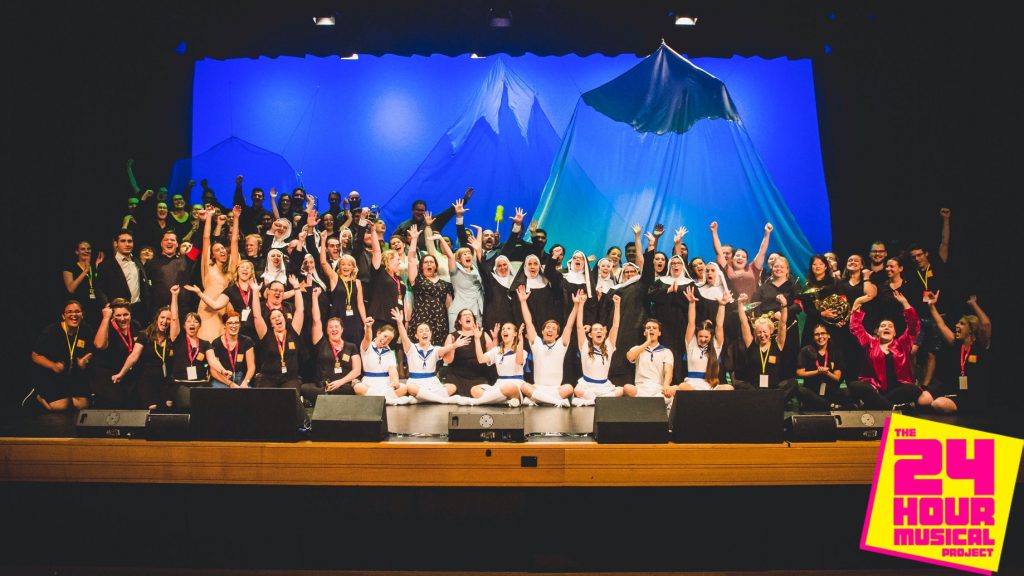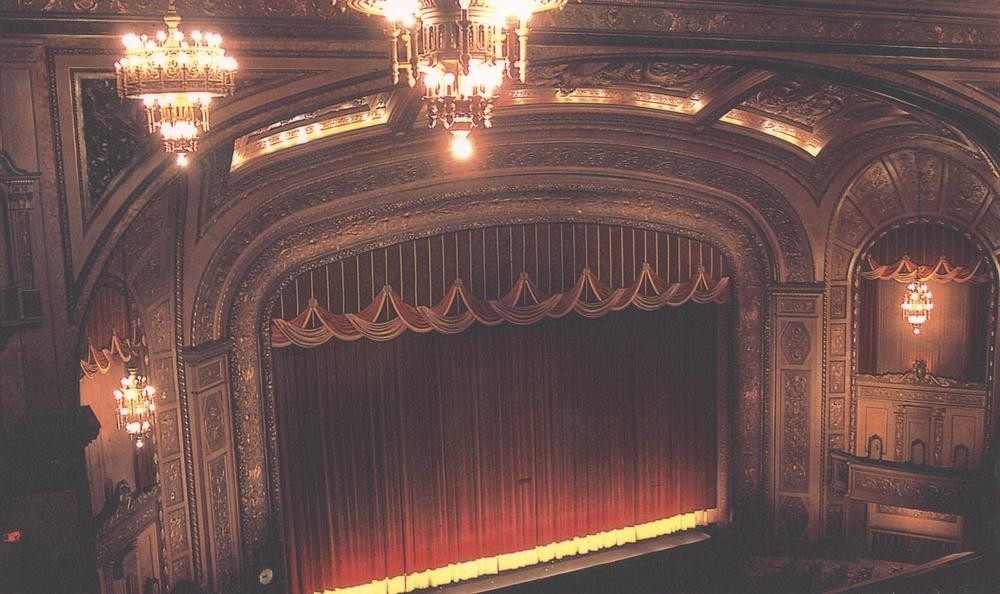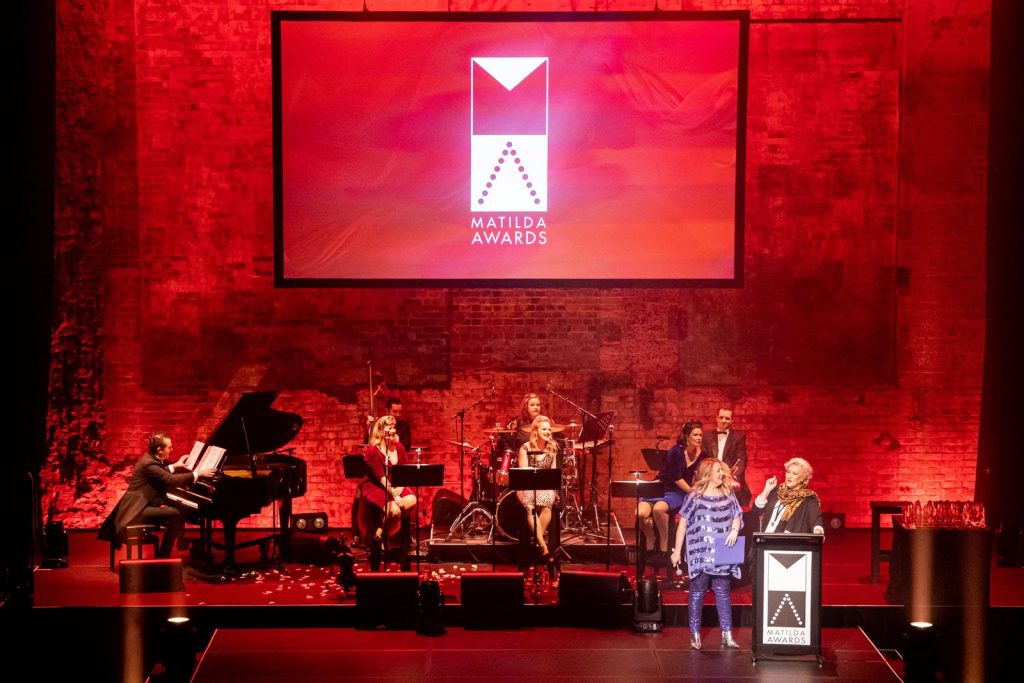
The Role of Community Theatre in Australia
Community has a rich history within Australia. We are a nation that regularly unites and supports one another. We celebrate shared interests and passions for life and even have the term ‘mateship’ included in our vocabulary. There is no denying that many believe in and appreciate their surrounding community – it’s a backbone of our cultural identity. One area in which Australians embrace this fully, and showcase it, in community theatre.
Before any Western form of theatre was established in Australia, Traditional Custodians would partake in Corroboree; a sacred ceremony, often festive or celebratory, and including dance, music, and costume.
Post-European arrival, the first documented theatrical performance occurred with convicts performing ‘The Recruiting Officer’ written by George Farquhar in 1789. The extraordinary circumstances of the foundation of Australian theatre were recounted in the 1988 play, ‘Our Country’s Good’ by Timberlake Wertenbaker. It is said that the participants were prisoners watched by sadistic guards and the leading lady at the time was under threat of the death penalty.
After federation in 1901, theatres were constructed throughout Australia. Her Majesty’s Theatre, Perth was the first, opening in 1904, and there remains a rare example of Edwardian architecture that was prominent at the time. Sydney’s grand Capitol Theatre opened in1928 and, after restoration, still remains one of the nation’s finest auditoriums. The State Theatre (renamed the Forum in 1963) and the Regent Theatre both opened in Melbourne in 1929, originally as cinemas. Brisbane’s Regent Theatre also opened in 1929.

Since the 1930s, community theatres have provided audiences and theatre fans a unique brand of Australian theatre. Some of the earliest theatre venues and groups, established in the 30s and 40s are still very active today! Indeed, it was during this period, Australian playwrights such as Ray Lawler gave Australian culture its own place and influence within the content of plays. This is when community theatre began making strides.
Although we may think of the theatre’s hay day as having come and gone, the numbers tell a different story. According to the Australian Bureau of Statistics (ABS), theatre’s most successful year was not in the 20s, 50s or even 70s. In fact, not even in the 20th century. Theatre’s most successful period was in the 2009–2010 financial year. The ABS found that 16.3% of Australians attended a theatrical performance in that year, meaning that around 3.5 million people went and saw a show, and according to Ibisworld.com, Australian theatre has grown another 5% in the last eight years. Ultimately, this means that theatre is still a popular entertainment choice for many, even in a world where streaming services are ever-growing. It’s a pillar in our Australian arts and cultural identity.
For some, these stats are not surprising. At the beginning of 2020, there were huge season announcements from many major community theatre groups in South East Queensland. Even in 2019, a new organisation formed each month, and independent theatre-makers were positioning themselves to invest and produce.
All over the country, new forms of theatre are emerging. Musical theatre is being recorded, interactive murder mysteries and trivia evenings are being developed, and theatre festivals and one-act-play circuits are growing. There are even inventive charity events, and short term projects like The 24 Hour Musical Project and all of this doesn’t even begin to dive into the extensive array of community theatre projects now available to theatre-makers and audiences alike.
In a new digital age, a collaboration between technology and the arts is happening. The show is still reaching new audiences, because of the community spirit found in this art form. For the 24 Hour Musical Theatre Project, the organisation created a digital challenge, which still raised donations and fuelled their cause.

Photography by CF Photography.
As history suggests, the rise of community theatre, especially in Australia, is growing strong. Our local theatre venues and organisations play a vital role, and, for many, funding comes directly from their audiences, rather than the government. A thriving theatre is one that maintains strong connections with its community, and other local businesses. They promote their members, build a sense of camaraderie, and provide opportunities for locals to perform, upskill and find belonging. Members of community theatre groups play an active role in building and sustaining the organisation itself.
Even though the landscape may be changing as we move into a new era of art, we mustn’t forget the important relationship that exists between community, theatre and identity. Every successful theatre organisation is a reflection of the people behind the curtain, on the floor, helping the industry progress. Every community theatre is important, and we should support them where we can.
Learn more about the 24 Hour Musical Project at www.24hmp.com.






